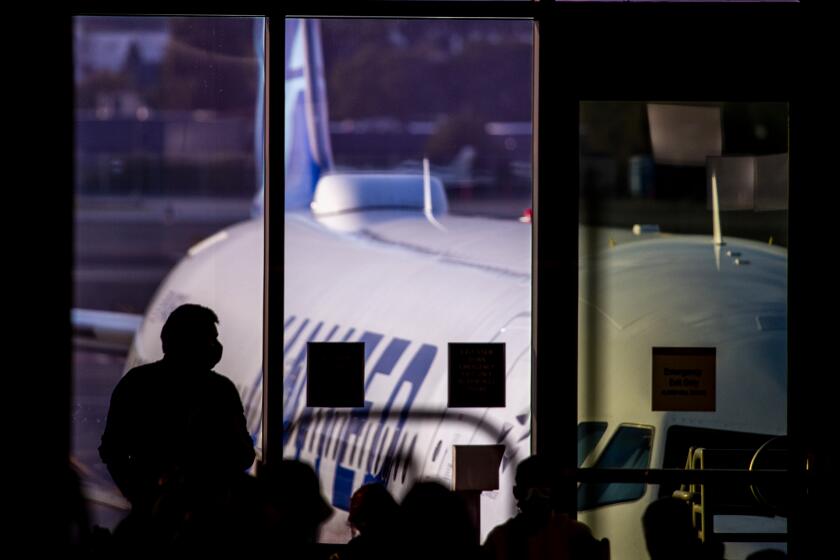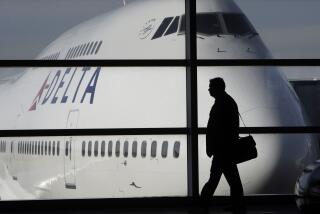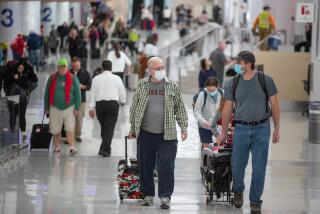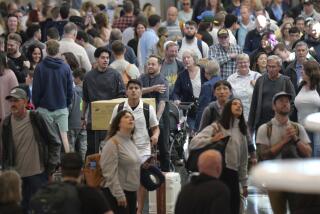Wave of canceled flights disrupts New Year’s Eve travel
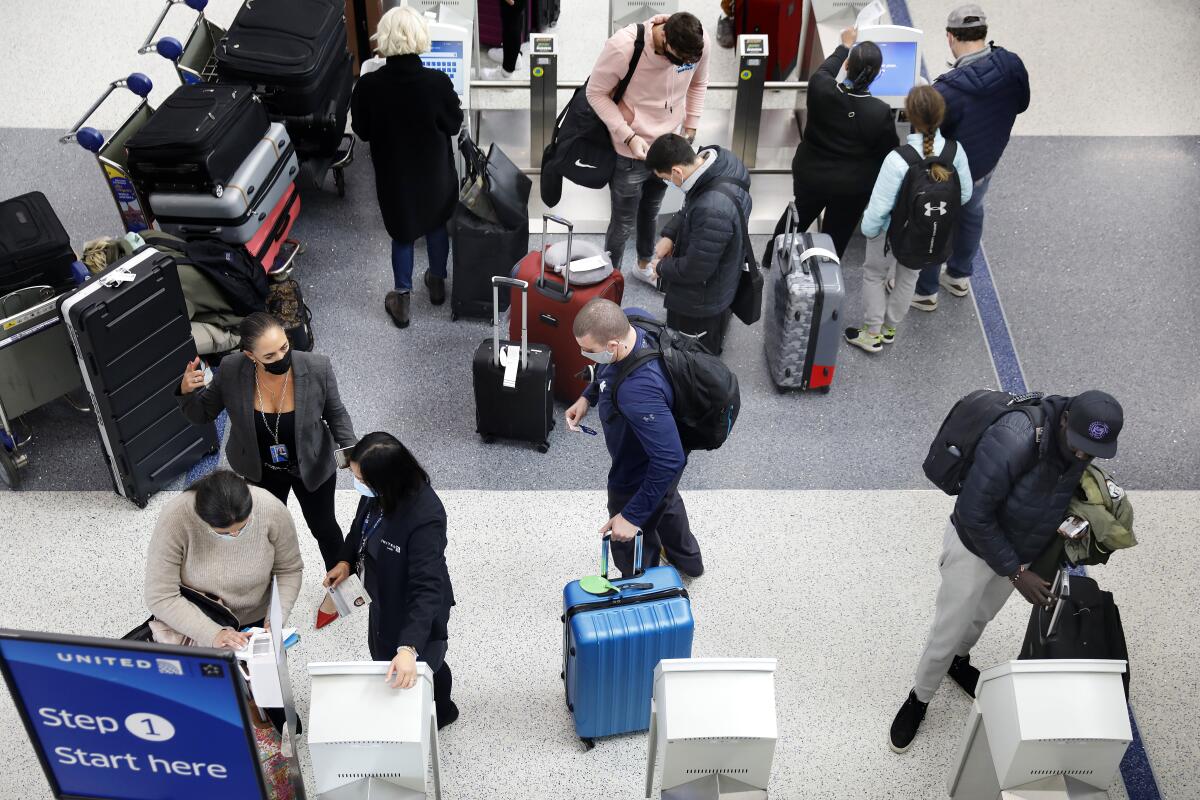
More canceled flights frustrated air travelers on the final day of 2021 and appeared all but certain to inconvenience hundreds of thousands more over the New Year’s holiday weekend.
Airlines blamed many of the cancellations on crew shortages related to the surge in COVID-19 infections, with wintry weather in parts of the United States compounding the problem.
By midday Friday on the East Coast, airlines had scrubbed more than 1,300 U.S. flights and 2,700 worldwide, according to tracking service FlightAware. That compared with about 1,400 U.S. cancellations for all of Thursday.
That pushed the total U.S. cancellations since Christmas Eve above 9,000.
With staffing shortages, determined travelers and a new variant of the coronavirus spreading quickly, can airlines keep planes on schedule during the holidays?
The disruptions come just as travel numbers climb higher going into the New Year’s holiday weekend. Since Dec. 16, more than 2 million travelers a day on average have passed through U.S. airport security checkpoints, an increase of nearly 100,000 a day since November.
Flight cancellations began rising shortly before Christmas, most notably for United, Delta and JetBlue.
On Friday, United canceled more than 200 flights, or 11% of its schedule — and that doesn’t include cancellations on the United Express regional affiliate. CommutAir, which operates many United Express flights, scrubbed one-third of its schedule by midday, according to FlightAware figures.
JetBlue canceled more than 140 flights, or 14% of its schedule, and Delta grounded more than 100, or 5% of its flights, by midday Friday.
Other forms of transportation are also being hammered by the surge in virus cases. The U.S. Centers for Disease Control and Prevention said Thursday that it is monitoring more than 90 cruise ships because of COVID-19 outbreaks. The health agency warned people not to go on cruises, even if they are fully vaccinated against the virus.
The remnants of the Delta variant and the rise of the Omicron variant pushed the seven-day rolling average of new daily COVID-19 cases in the U.S. above 350,000, nearly triple the rate of just two weeks ago, according to figures from Johns Hopkins University.
More to Read
Inside the business of entertainment
The Wide Shot brings you news, analysis and insights on everything from streaming wars to production — and what it all means for the future.
You may occasionally receive promotional content from the Los Angeles Times.
